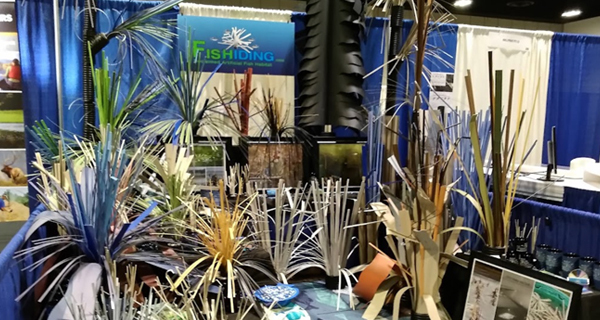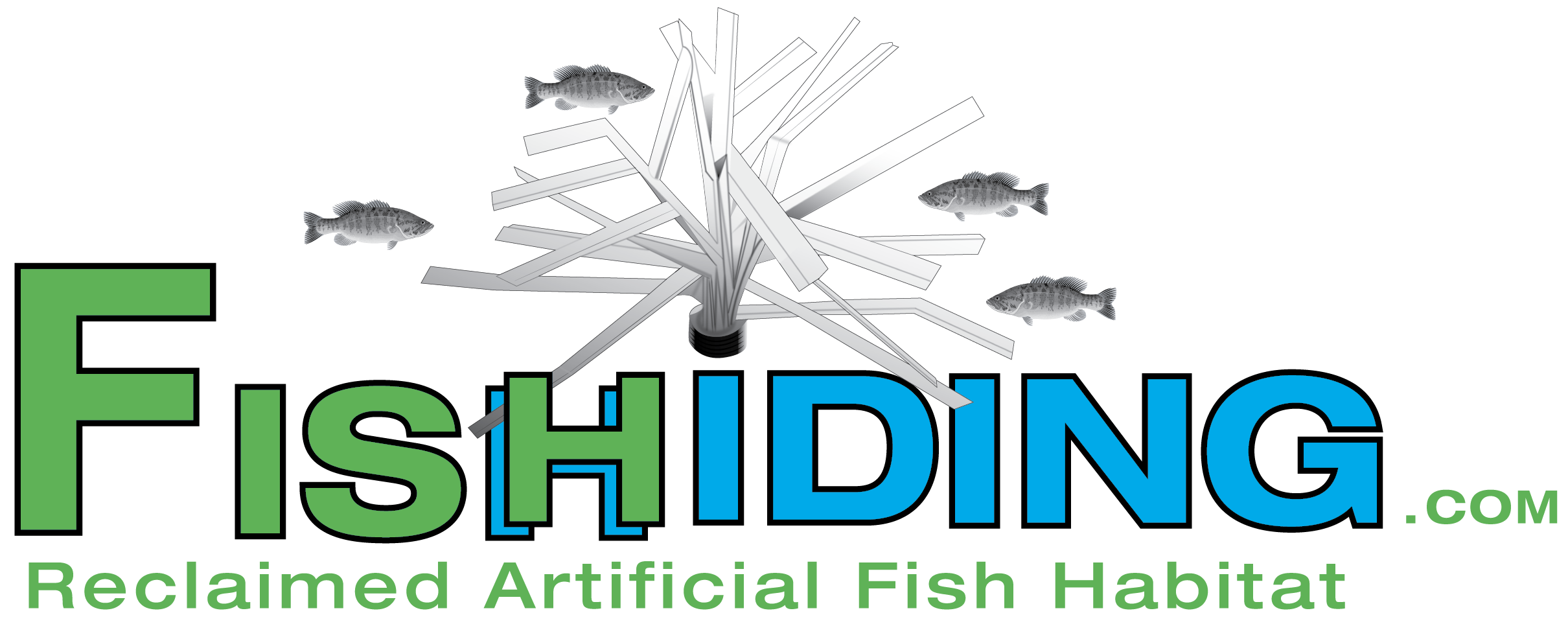Is your shallow fish habitat in place for the spawn?
Posted by David Ewald on 6th Feb 2025
Spring is coming and the water temperatures are rising. Fish will be moving shallow to build beds and start the annual process of making more little fish. Is your pond or lake shoreline fish habitat r
… read more







